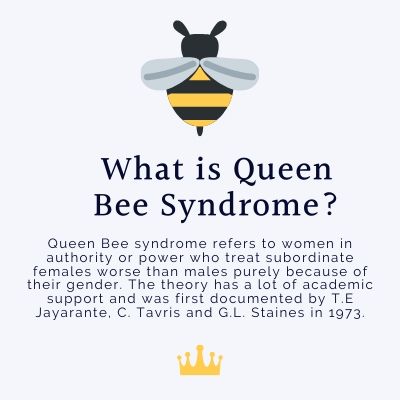Research brief: New tool to measure gender bias in the workplace may help finally eliminate it
 May 20, 2020
Category: Featured, Purpose, Short
May 20, 2020
Category: Featured, Purpose, Short
Disclosures
This guest post was written by Amber Stephenson, assistant professor of management at Clarkson University.This article is republished from The Conversation under a Creative Commons license. Read the original article here.
The Research Brief is a short take about interesting academic work.
The big idea
A new way to measure the causes and magnitude of gender bias against women leaders in the workplace should make it easier to identify the sources of this kind of sexism and even help eliminate it, according to just-published research I co-authored.
We surveyed more than 1,600 women in four industries — higher education, faith-based community organizations, health care and the legal profession — to better understand how women experience 15 common gender barriers, such as working in a male-dominated culture, the glass cliff and queen bee syndrome.
We then used the findings to create a 47-item gender bias scale, which companies and other organizations can use to survey their women employees to more accurately and reliably measure their experiences with and perceptions of gender bias.
Why it matters
Research clearly shows that gender biases are both real and costly to organizations. In our survey, 97% of respondents said they worry about how they come off to others when exercising authority, 87% downplay their accomplishments to others and 66% make less money than their male counterparts. And studies have found that companies without women in top leadership roles can hurt their sales and profitability.
The problem is researchers have not been able to determine just how harmful or costly these biases are because it has been very challenging to measure. The few tools that previously existed tend to measure overt gender bias like harassment, rather than the subtle ones that are so pervasive. With our scale, we can now better measure how women experience bias barriers like the glass cliff — when women are put in positions of power when things are going poorly — and when women are held to higher performance standards than men. This should allow organizations to diagnose the level and specific types of bias women experience and to understand how their organizational culture affects women leaders.
What still isn’t known
Gender bias manifests itself differently in every industry. While we used four in our study, and the lessons learned from these four are applicable elsewhere, we still don’t know how these industries compare with others or those outside the U.S.
Additionally, we know that gender bias occurs differently at societal, organizational and individual levels. However, while our research measured bias that exists within each level, we still don’t know how bias interacts across them.
What’s next
Our future work will explore these issues further. Much can be learned by determining how women leaders experience bias differently across organizations, industries and sectors. With a more nuanced understanding of bias and a tool that allows us to capture it, we hope to also explore how these 15 bias barriers interact with other identities, such as being a woman and a person of color.

Trending News













